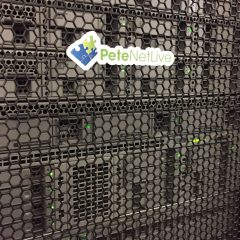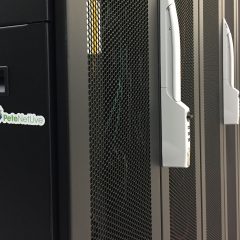Windows SSH ‘No Matching Key’
No Matching Key KB ID 0001900 Problem : No Matching Key Typically I see this problem on my mac or within various Linux distributions. I’ve covered extensively how to fix this on a mac in the following article. macOS – SSH Error ‘No Matching Exchange Method Found’ So when I saw the same question asked for a Windows client, I went and looked, and found some patchy information, so I thought I’d work it out and post it here...
Sysprep Validate (fails)
Sysprep Validate KB ID 0001934 Problem Seen whilst running sysprep on a Windows machine. System Preparation Tool 3.14 Sysprep was not able to validate your Windows installation. Review the log file at %windir%\system32\Sysprep\panther\setupact.log for details. After resolving the issue use Sysprep to validate your installation again. Solution: Sysprep Validate Fails Well it’s telling us to review that file, the easiest way to...
Directory Partition Has Not Been Backed Up
Directory Partition Has Not Been Backed Up KB ID 0001933 Problem Seen recently when running dcdiag. A warning event occurred. EventID: 0x80000829 Time Generated: xx/xx/xxxx xx:xx:xx Event String: This directory partition has not been backed up since at least the following number of days. You are seeing this error because dcdiag interrogated the event log and found an Event ID 2089 Log Name: Directory Service Source:...
Best Practice: Demoting a Domain Controller
Demoting a Domain Controller KB ID 0001932 Problem I was having a conversation with some colleagues this week, the conversation was about the placing of an RDS license server, and somebody had recommended putting it on the domain controller, I pointed out that this wasn’t a perfect idea, because in four or five year’s time somebody’s going to demote and take that to my controller off-line and forget all about the fact that...
Windows Server LBFO with Cisco IOS
LBFO with Cisco KB ID 0001931 Problem: LBFO with Cisco In Windows LBFO (Load Balancing Fail Over), commonly referred to as Teaming, is a method of combining multiple physical* NICs into one logical NIC (Team). *Note: It is possible to team virtual NICS in a VM, but redundancy and failover in a hypervisor environment are usually handled by virtual switches. Solution Common Sense Check and Tech Tips Remember, if you are not at the same...





